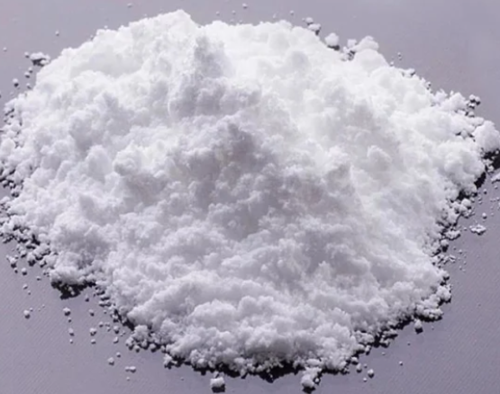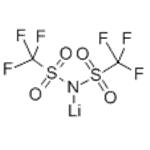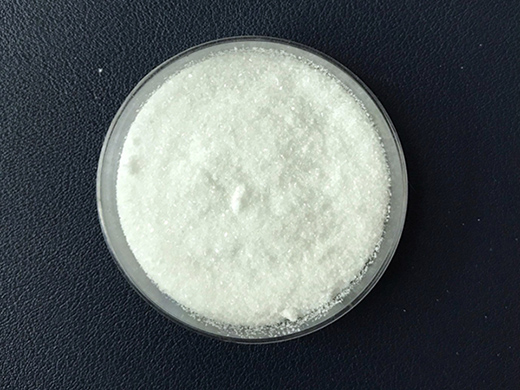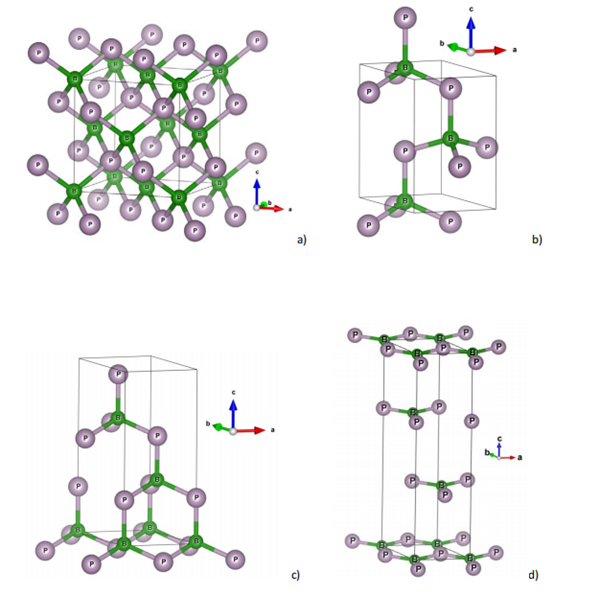Lithium Bis(trifluoromethanesulphonyl)imide: Applications in Battery Technologies and Toxicity
Description
Lithium bis(trifluoromethanesulfonyl)imide, often simply referred to as LiTFSI, is a hydrophilic salt with the chemical formula LiC2F6NO4S2. as a safer alternative to commonly used lithium hexafluorophosphate.

Characteristics
The lithium bis (trifluoromethylsulfonyl) imide (LiTFSI) has the density of 1.334g/cm3 and the melting point of 234℃, has the characteristics of proper conductivity, high thermal stability, high electrochemical stability, small probability of side reaction and the like, does not generate corrosive gases such as HF and the like, and is an indispensable high-tech product in the current lithium ion secondary battery electrolyte. Besides the field of lithium batteries, the lithium ion battery also has wide application prospects in the fields of ionic liquid, static resistance and medicine.
Applications in Battery Technologies
In lithium-sulfur cells, the dissolution and relocation of the liquid-state active material (polysulfides) lead to fast capacity fading and low Coulombic efficiency, resulting in poor long-term electrochemical stability. To solve this problem, we synthesize a composite using a gel polymer electrolyte and a separator as a functional membrane, coated with a layer of poly(ethylene oxide) (PEO) and lithium bis(trifluoromethanesulfonyl)imide (LiTFSI). The PEO/LiTFSI-coated polypropylene membrane slows the diffusion of polysulfides and stabilizes the liquid-state active material within the cathode region of the cell, while allowing smooth lithium-ion transfer.1
Toxicity
Toxic if swallowed or in contact with skin.
Causes severe skin burns and eye damage.
May cause damage to organs (Nervous system) through.
prolonged or repeated exposure if swallowed.
Harmful to aquatic life with long lasting effects.
1. Chiu LL, Chung SH. A Poly(ethylene oxide)/Lithium bis(trifluoromethanesulfonyl)imide-Coated Polypropylene Membrane for a High-Loading Lithium-Sulfur Battery. Polymers (Basel). 2021; 13(4): 535.
References:
[1] LI-LING CHIU S H C. A Poly(ethylene oxide)/Lithium bis(trifluoromethanesulfonyl)imide-Coated Polypropylene Membrane for a High-Loading Lithium-Sulfur Battery.[J]. ACS Applied Energy Materials, 2021. DOI:10.3390/polym13040535.You may like
Related articles And Qustion
See also
Lastest Price from Lithium bis(trifluoromethanesulphonyl)imide manufacturers

US $0.00/kg2025-10-24
- CAS:
- 90076-65-6
- Min. Order:
- 1kg
- Purity:
- 0.99
- Supply Ability:
- 20tons

US $0.00/KG2025-09-04
- CAS:
- 90076-65-6
- Min. Order:
- 1KG
- Purity:
- 99%
- Supply Ability:
- 2 tons/year



